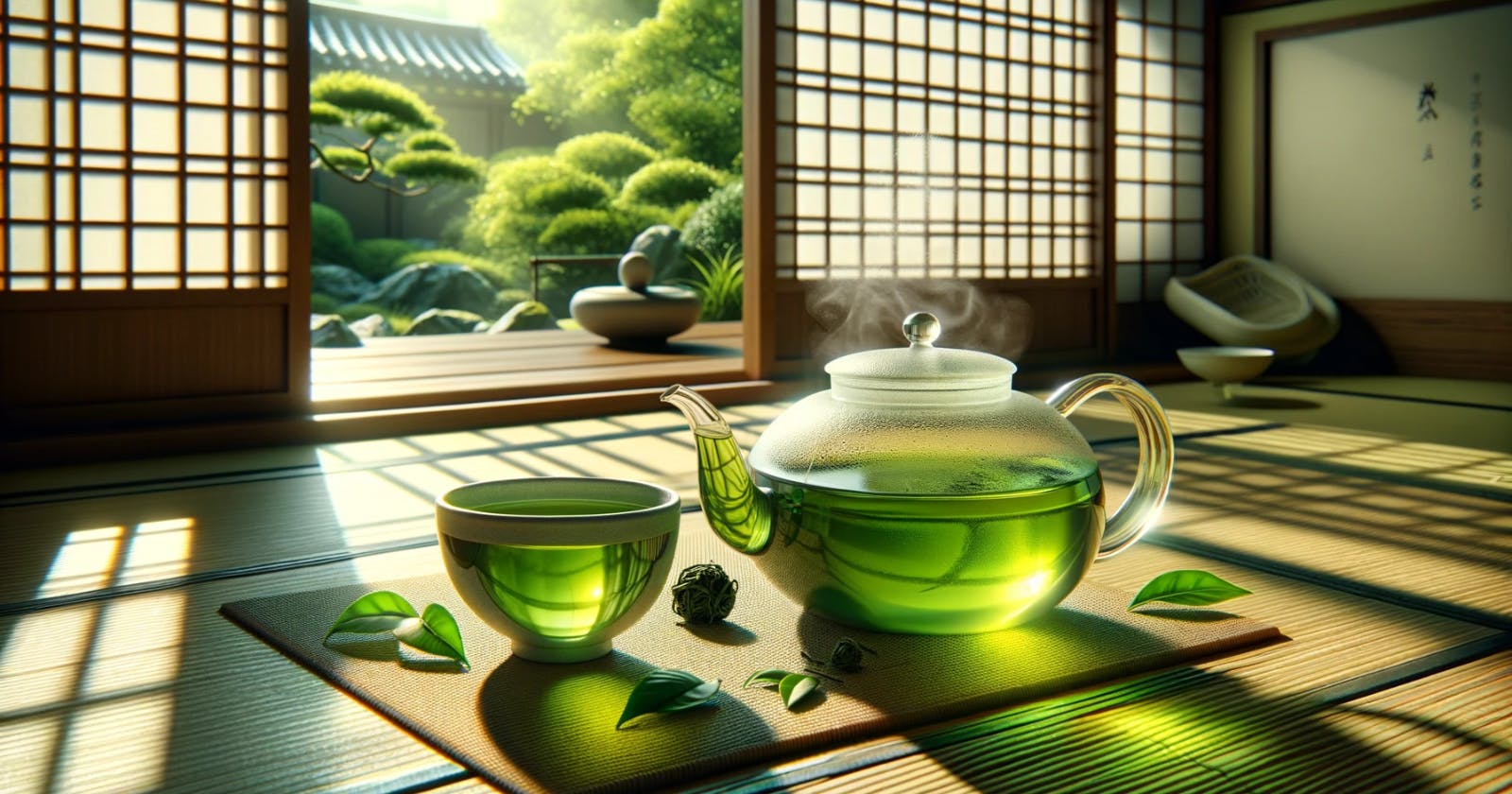Green tea has become increasingly popular worldwide due to its numerous health benefits and unique flavor. However, many people may wonder what this beverage actually tastes like.
Green tea's flavor can vary depending on various factors, such as the type of green tea, the quality of the leaves, and the brewing method.
In this article, we will explore the general taste profile of green tea and discuss the different flavors you might encounter when sipping this beloved drink.
The Basic Taste of Green Tea
Green tea has a refreshing and slightly bitter taste that is often described as grassy or vegetal. This flavor comes from the natural compounds found in the tea leaves, called polyphenols.
These compounds give green tea its distinctive taste and contribute to its health benefits. The bitterness can vary in intensity depending on the type of green tea and how it is brewed.
Generally, high-quality green teas have a more subtle and delicate bitterness, while lower-quality teas may taste more harsh or astringent.
Variations in Green Tea Flavors
While green tea has a basic grassy or vegetal flavor, there can be many variations in taste depending on the specific type of green tea. Some common green tea varieties and their flavors include:
Sencha: This Japanese green tea has a refreshing, slightly sweet and grassy flavor.
Matcha: Made from finely ground green tea leaves, matcha has a rich, umami flavor and a slightly bitter aftertaste.
Longjing (Dragon Well): This Chinese green tea has a delicate, nutty flavor with a sweet finish.
Gunpowder: This rolled green tea has a robust, smoky flavor with a slightly astringent finish.
The region where the tea is grown, the climate, and the processing methods can also influence the flavor profile of green tea.
Brewing Techniques and Their Impact on Taste
The way green tea is brewed can significantly affect its taste. Here are some tips for brewing green tea to achieve the desired flavor:
Water Temperature: Green tea should be brewed with water around 160-180°F (70-82°C). Hotter water can cause the tea to become bitter and astringent.
Steeping Time: Most green teas should be steeped for 2-3 minutes. Longer steeping times can result in a more bitter and astringent flavor.
Leaf-to-Water Ratio: Use about 1 teaspoon of green tea leaves for every 6-8 ounces (180-240 ml) of water. Using too many leaves can make the tea taste overly strong and bitter.
Following proper brewing techniques can help you extract the delicate flavors and aromas of green tea while avoiding unwanted bitterness or astringency.
Conclusion
Green tea has a distinct and refreshing taste that can range from grassy and vegetal to slightly sweet and nutty, depending on the variety and brewing method. While it has a natural bitterness, high-quality green teas should have a balanced and delicate flavor.
By understanding the different factors that influence green tea's taste, you can experiment and find the varieties and brewing techniques that suit your personal preferences.
Enjoy exploring the world of green tea and savor its unique and healthful flavors.

